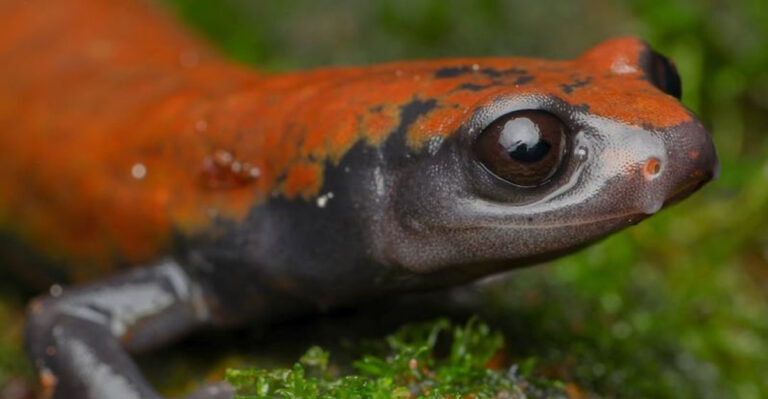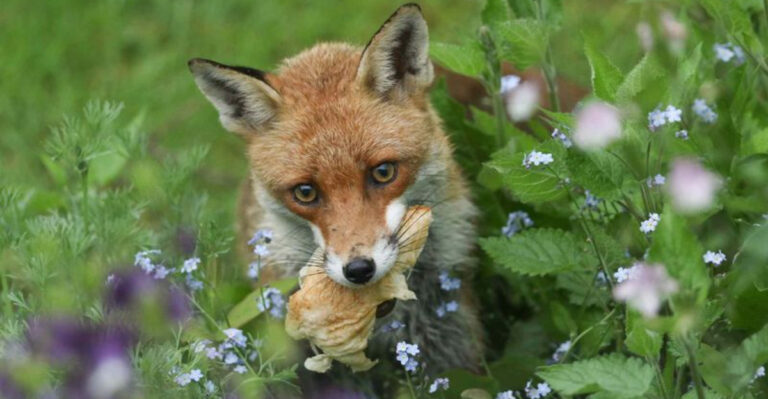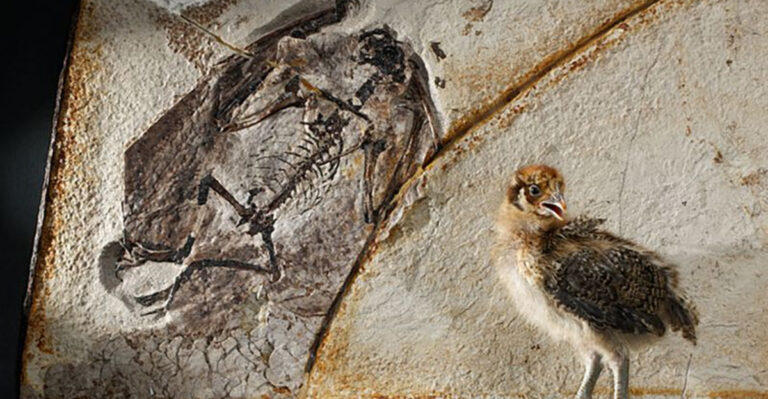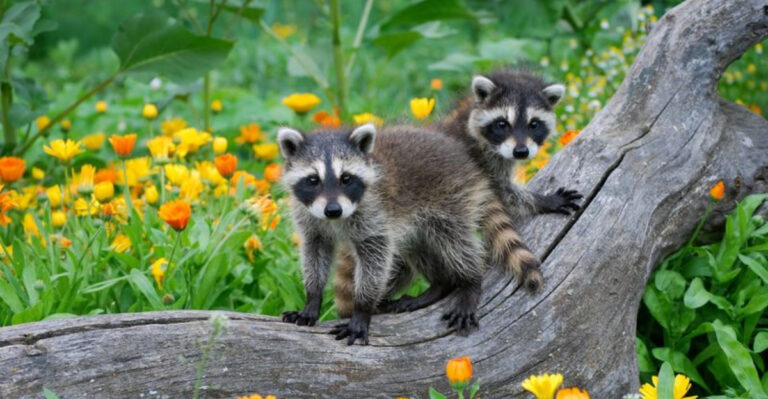10 Animals That Thrive In Perfect Symbiosis With Other Species
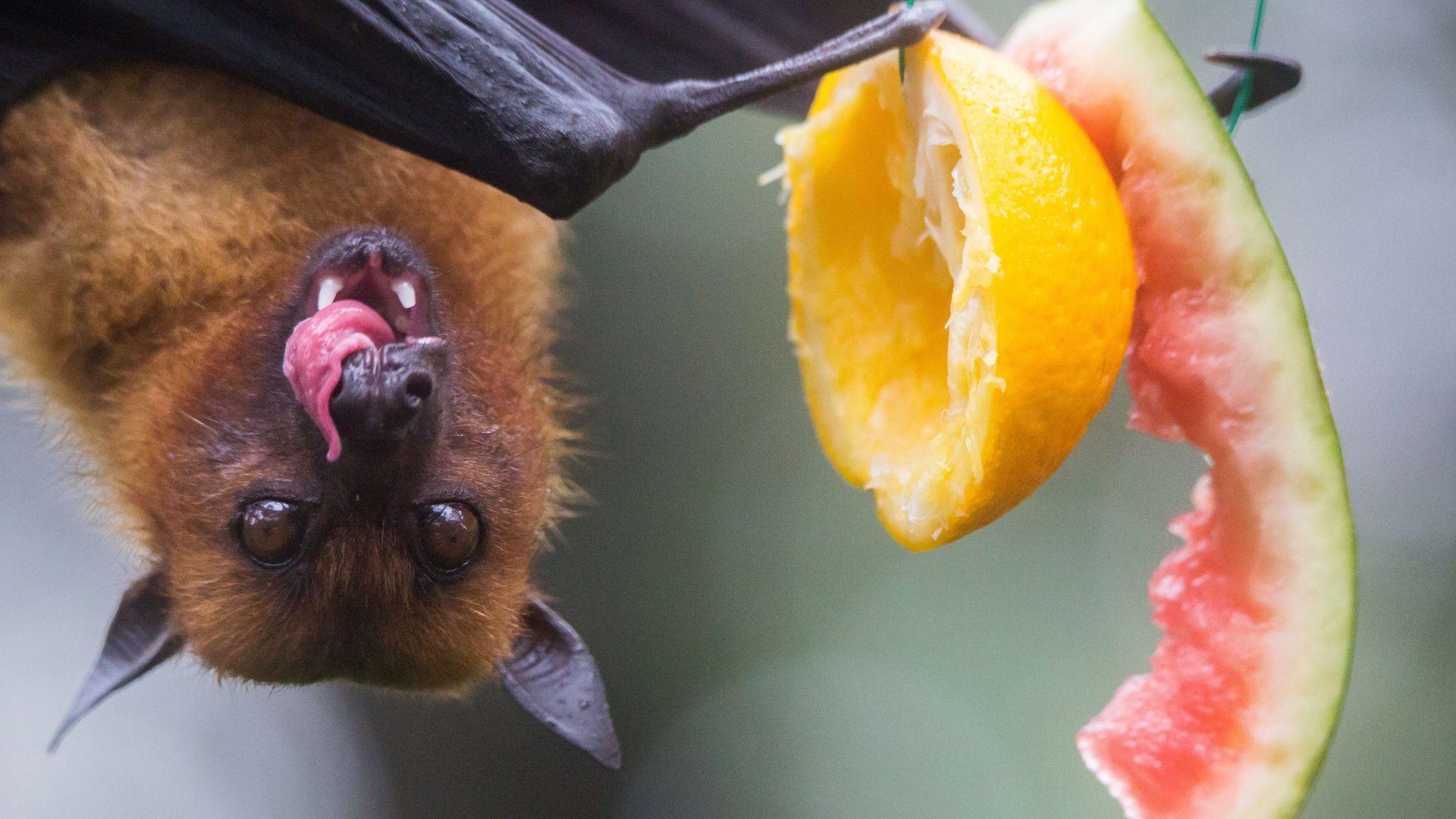
Symbiosis is a fascinating natural relationship where two species live together and benefit from each other in ways that enhance survival.
In this article, we’ll explore 10 animals that thrive in perfect symbiosis with other species, showcasing how nature’s interconnections are vital for balance and survival in ecosystems.
1. Cleaner Wrasse
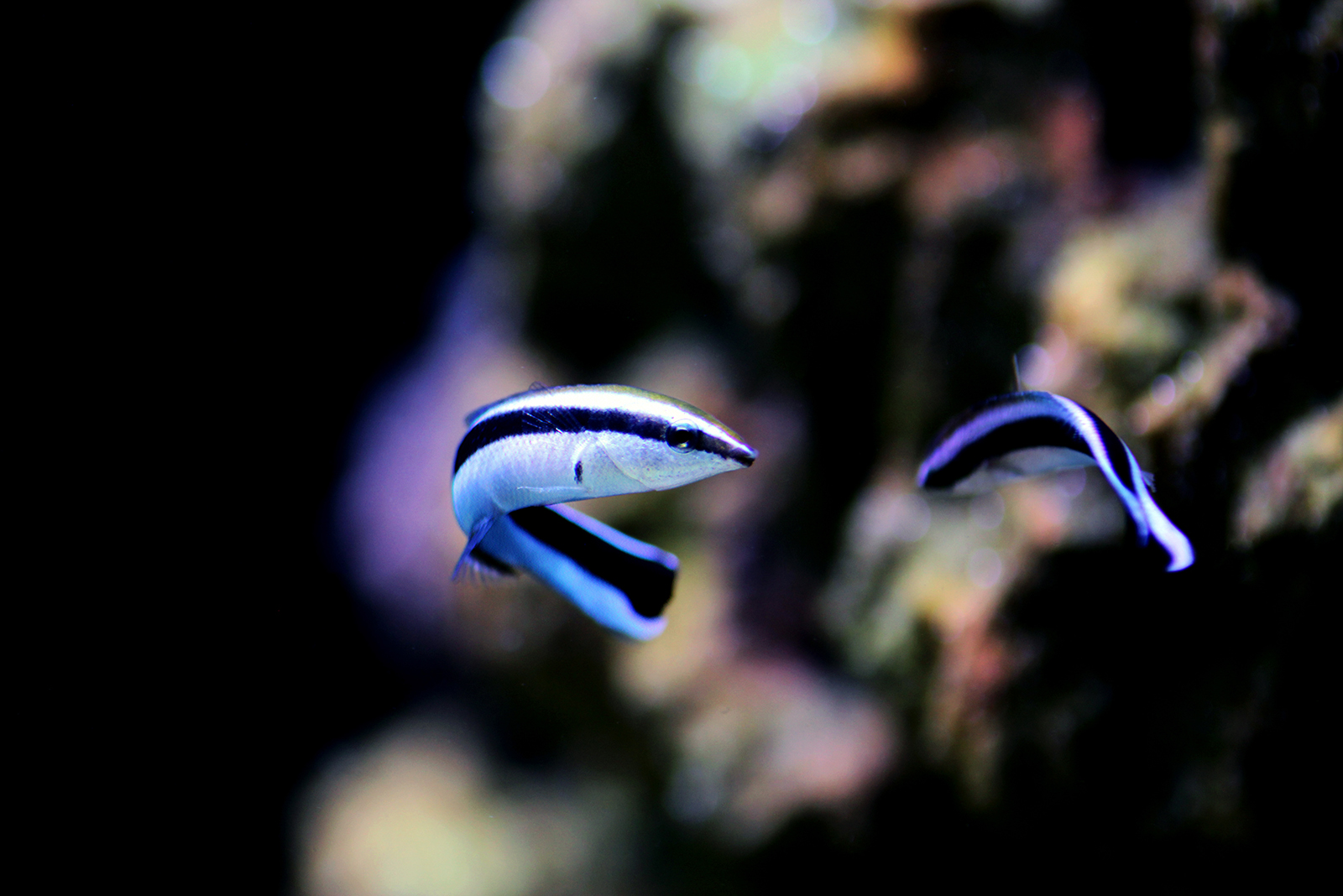
Need a marine-style high-end spa treatment? These fish have your back (literally)! They’re industrious little swimmers who have set up shop in coral reefs. Guess what they offer: a cleaning service!
Sharks, groupers, and other giants line up for this business. The Cleaner Wrasse nibbles away their dead skin, parasites, and any other debris.
This symbiotic relationship benefits both parties, as the larger fish get a refreshing cleanup while the Cleaner Wrasse enjoys a reliable food source. Business is going well, and that’s the best part! These little fish even perform a dance-like motion to attract clients, making the reef an underwater spa destination.
2. Oxpecker Bird
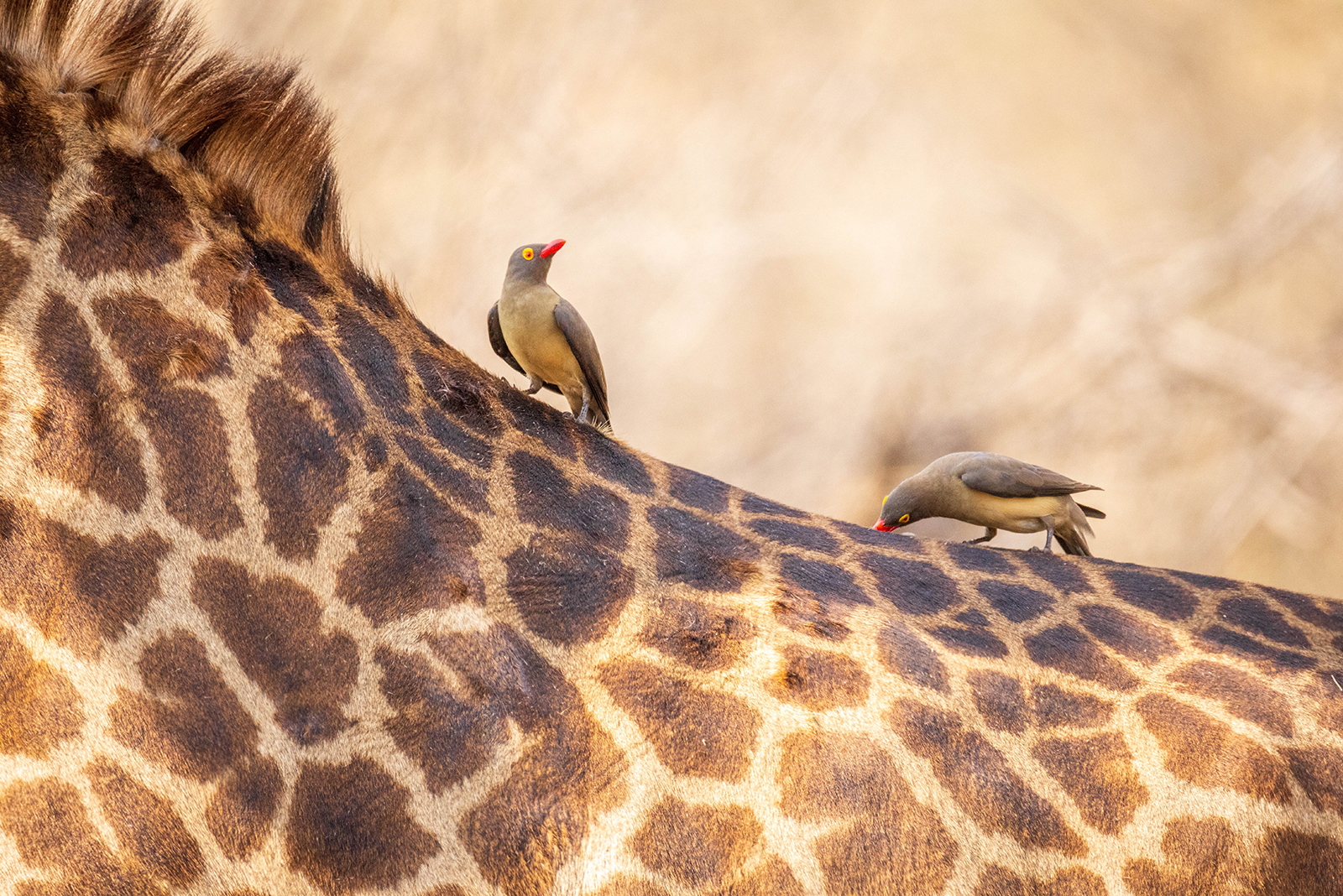
Imagine this: a rhino casually grazing in a Savannah. And on its back? A little bird, riding shotgun! That’s the life of an Oxpecker bird. For them, luxury lies in tick-chomping and parasite-munching off larger animals like giraffes, impalas, and zebras.
I would call this pretty resourceful! Large mammals like zebras and rhinos get clean, while Oxpecker birds leave with a full stomach, and they get a free ride!
This symbiotic relationship doesn’t end there; the Oxpecker also acts as an early warning system, letting out alarm calls when it senses danger nearby. The bond between these birds and their hosts shows how nature creates perfect partnerships. Together, they navigate the wild Savannah, benefiting from each other’s company.
3. Acacia Ants
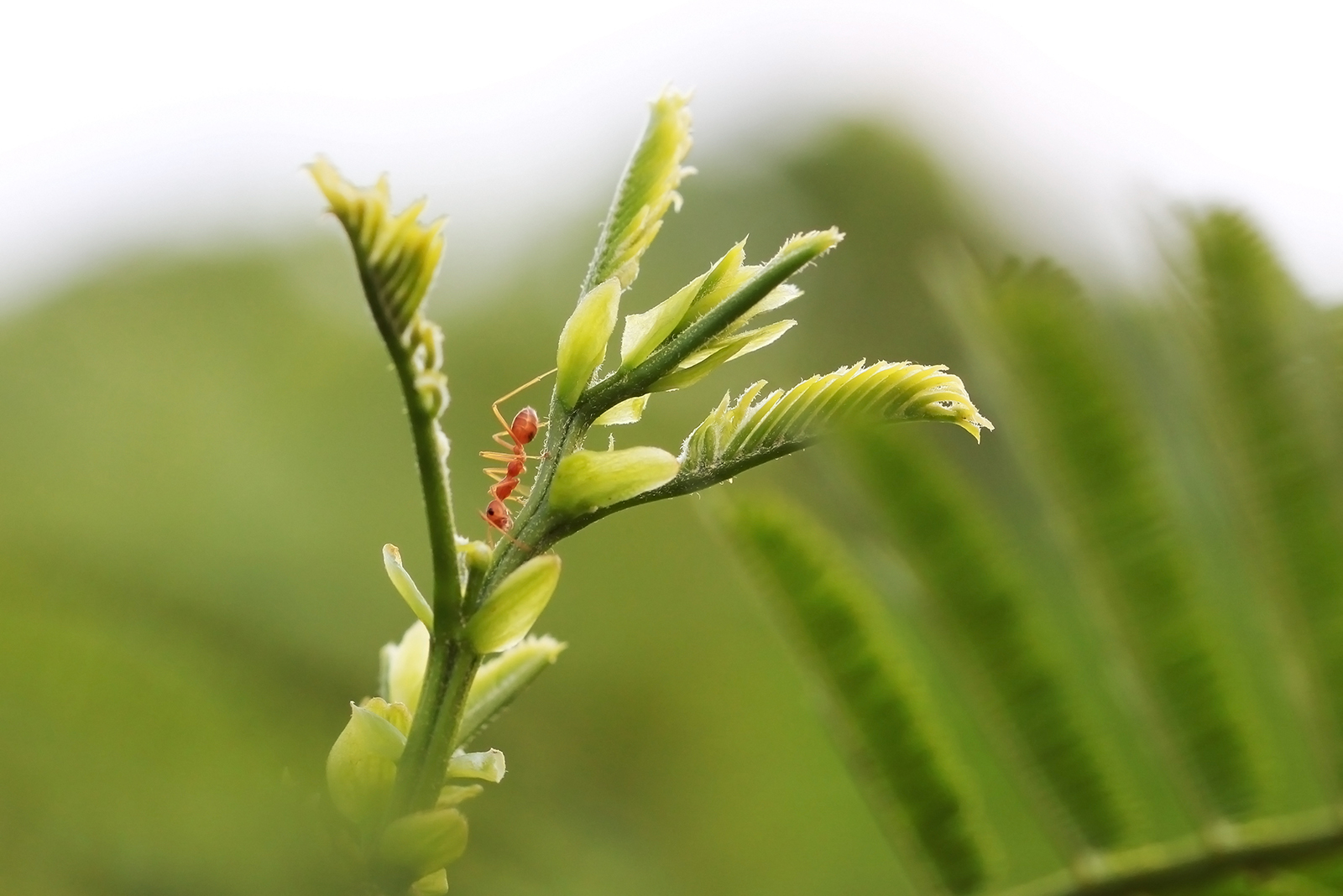
Tucked away in the hollow thorns of the African acacia tree, you’ll find a little miracle. Colonies of fierce ants form a secret little alliance with the tree!
For the ants, the thorny home is quite a safe haven. And in return? They serve as the tree’s bodyguard! The ants immediately gather and are ready to fight any herbivores that dare to feast on the tree’s leaves.
Their defense doesn’t stop there—ants also clear away any competing plants around the base of the tree, ensuring their host thrives.
The tree sweetens the deal by providing nectar for the ants to feast on, creating a perfect partnership. This mutualistic relationship allows both the ants and the tree to thrive in their challenging environment, a testament to nature’s incredible teamwork.
Together, they flourish in the wild, standing as an example of survival through collaboration.
4. Clownfish

Nemo got it right – clownfish have found the free room in the ocean’s grandest communal home! Which home, you may ask? The sea anemone, of course!
Clownfish are safely tucked in within the venomous tentacles, so they are protected from predators! All while they enjoy a supply of food!
This relationship isn’t one-sided, though! Clownfish can also serve as living bait for the anemone host to get some nourishment, too!
5. Honeyguide Bird
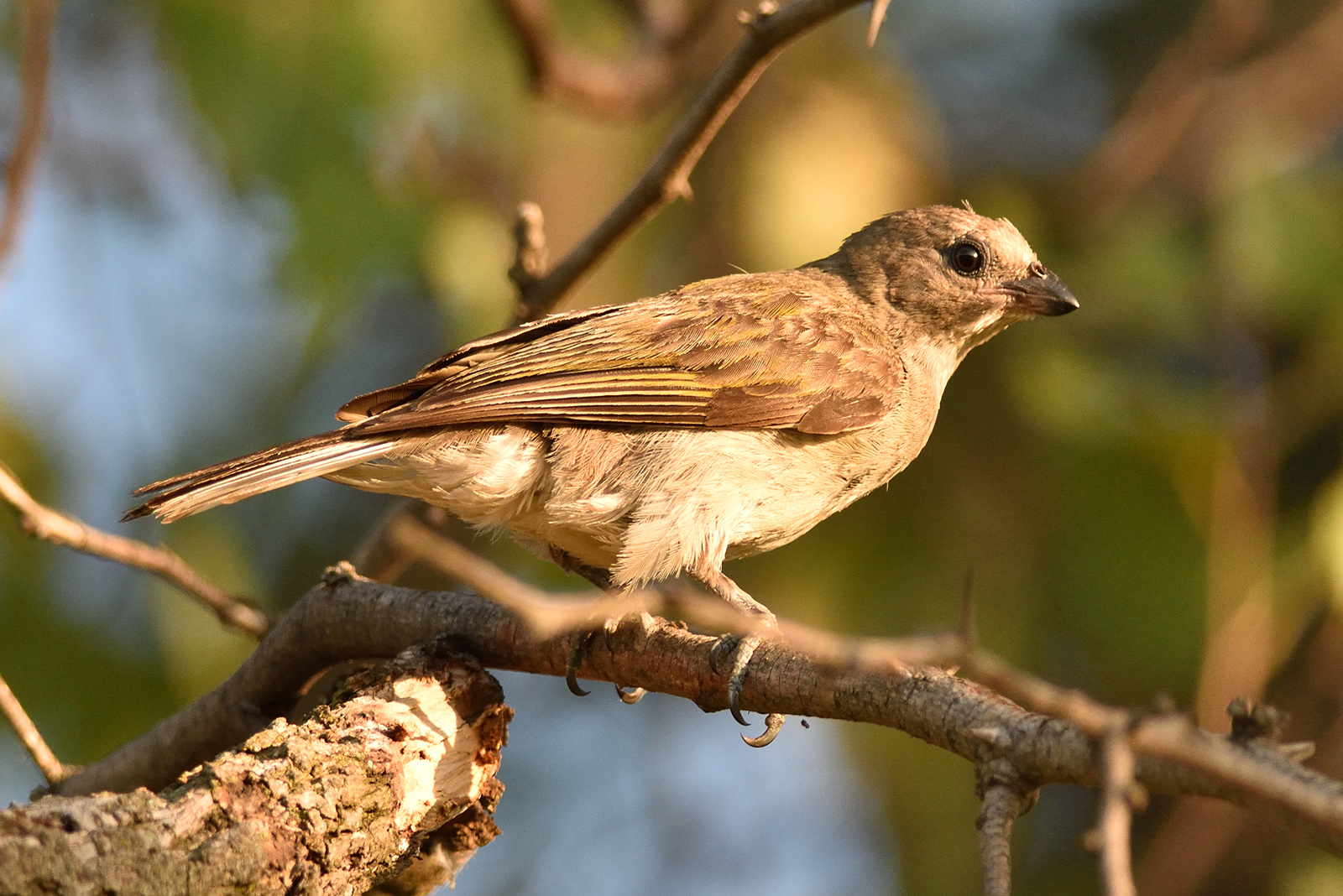
Imagine having your very own bird guide that leads you to a hidden treasure of delicious honey! Well, that’s the life of average honey hunters in Africa. All thanks to this little birdie!
Honeyguides are quite smart! They have figured out that humans can get to the honey, which is stored deep inside the hives of wild bees. Now, the birds themselves can’t really reach that honey. That’s a problem!
But they have a solution! They lead the bee hunters to the hives. Then, the hunters take the honey out for them, and bam—they nom!
In return, the honeyguides feast on the beeswax and larvae left behind, which would otherwise be inaccessible to them.
This remarkable partnership has been perfected over centuries, showing how birds and humans can work together in harmony. Even more fascinating, honeyguides have distinct calls to grab human attention and lead them straight to the prize. It’s a unique collaboration that benefits both species in the wild.
6. Remora Fish

The ocean can be quite harsh and lonely for fish. How does a little Remora fishy solve that problem? Well, they use their suction cups to hitchhike on the bodies of sharks, rays, or other sea animals!
The ride isn’t free, though! In exchange, remoras keep their hosts clean by eating parasites off their bodies.
They also feed on leftover scraps from their host’s meals, turning every ride into a buffet. This symbiotic relationship benefits both: the remora gets food and safety, while the host stays healthy and parasite-free. What’s more, remoras save energy by gliding effortlessly with their host, making them the ultimate ocean freeloaders with a purpose.
Together, they form a partnership perfectly suited for the vast and unpredictable sea.
7. Yucca Moth And Yucca Plant

Credit: Shutterstock
Yucca moths and yucca plants share a perfect symbiosis essential for each other’s survival. The moths pollinate the yucca flowers while laying their eggs inside them. In return, the yucca plant provides a safe environment and food for the moth larvae, which feed on a portion of the seeds.
Remarkably, the moths ensure enough seeds remain for the plant to reproduce, maintaining balance in this relationship. Without the moths, yucca plants would struggle to reproduce, and without the plants, the moths would lose their primary habitat and food source.
8. Pistol Shrimps And Gobies

Credit: Shutterstock
Pistol shrimp and gobies form a remarkable partnership where each benefits from the other’s strengths. The shrimp digs and maintains a shared burrow, offering both species a secure home, while the goby acts as a vigilant lookout.
Using tail movements to signal danger, the goby ensures the shrimp can work safely without being attacked by predators.
This collaboration allows the shrimp to focus on building and the goby to have a safe refuge, showcasing a finely balanced symbiotic relationship based on mutual trust and survival instincts.
9. Bees And Flowering Plants
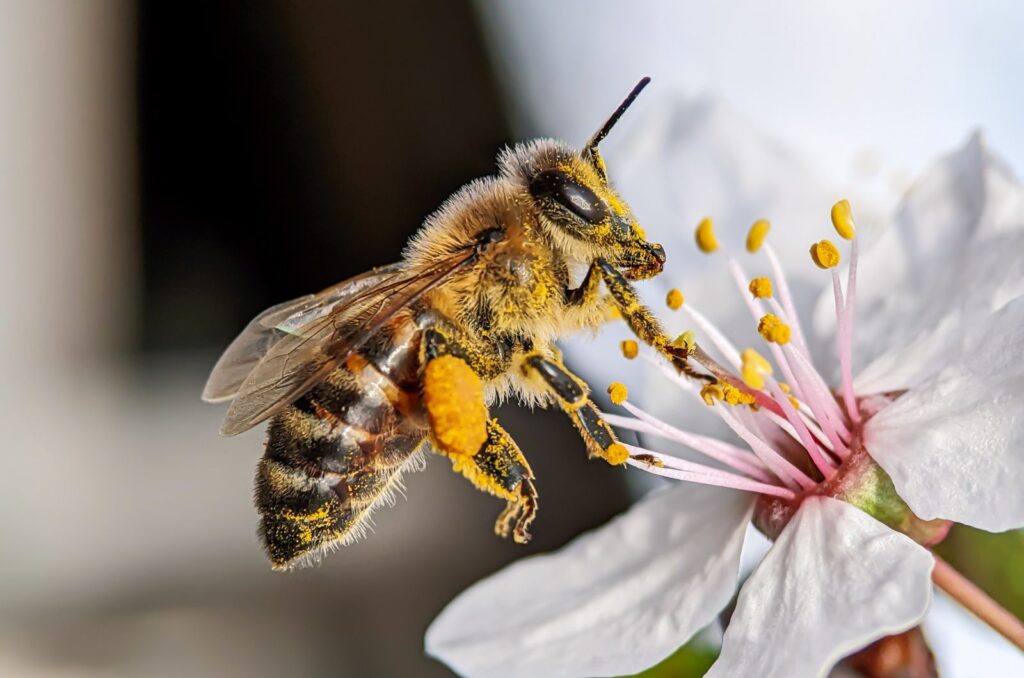
Bees and flowering plants share a remarkable symbiotic relationship that is essential for pollination. As bees collect nectar from flowers, they inadvertently transfer pollen from one bloom to another, facilitating plant reproduction.
This mutual exchange benefits both parties: bees obtain the food they need, while plants are able to produce seeds for future generations.
Without this critical partnership, many plants would struggle to reproduce, and the world’s food supply would be severely impacted.
10. Bats And Fruit Trees
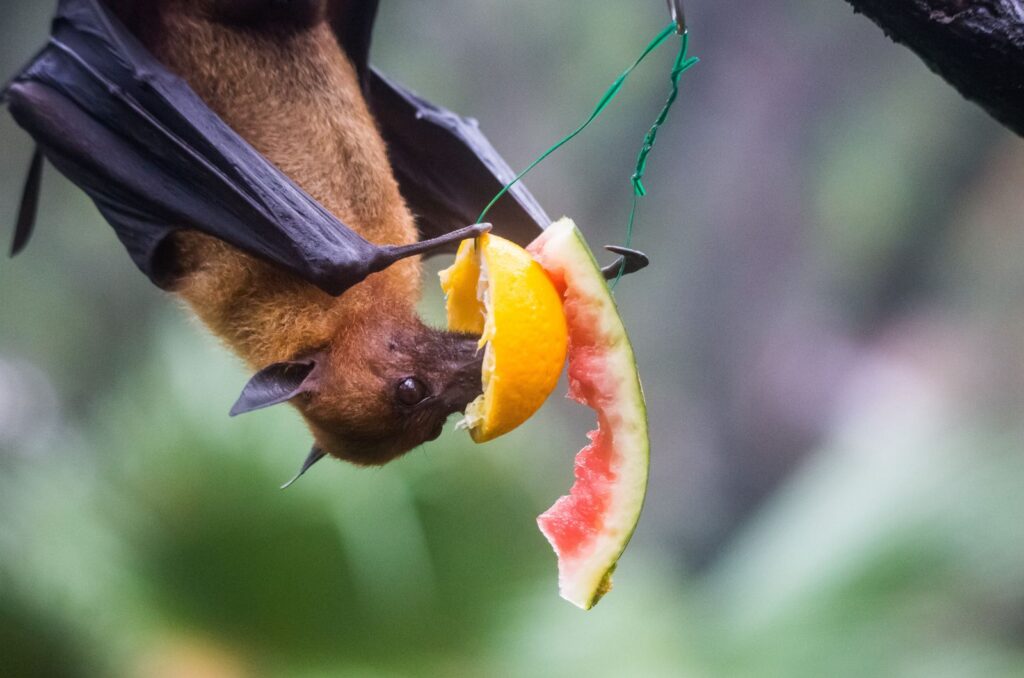
Bats play a crucial role in the pollination and seed dispersal of many fruit trees. As they feed on the nectar of flowers and consume fruit, they help pollinate plants and spread seeds over long distances.
This relationship benefits both the bats and the trees: bats receive nourishment from the fruit, and the trees get to spread their seeds, allowing them to thrive in new areas.
Bats’ nocturnal activities make them excellent pollinators for certain plants that are active at night, adding another layer to the delicate balance of nature.



